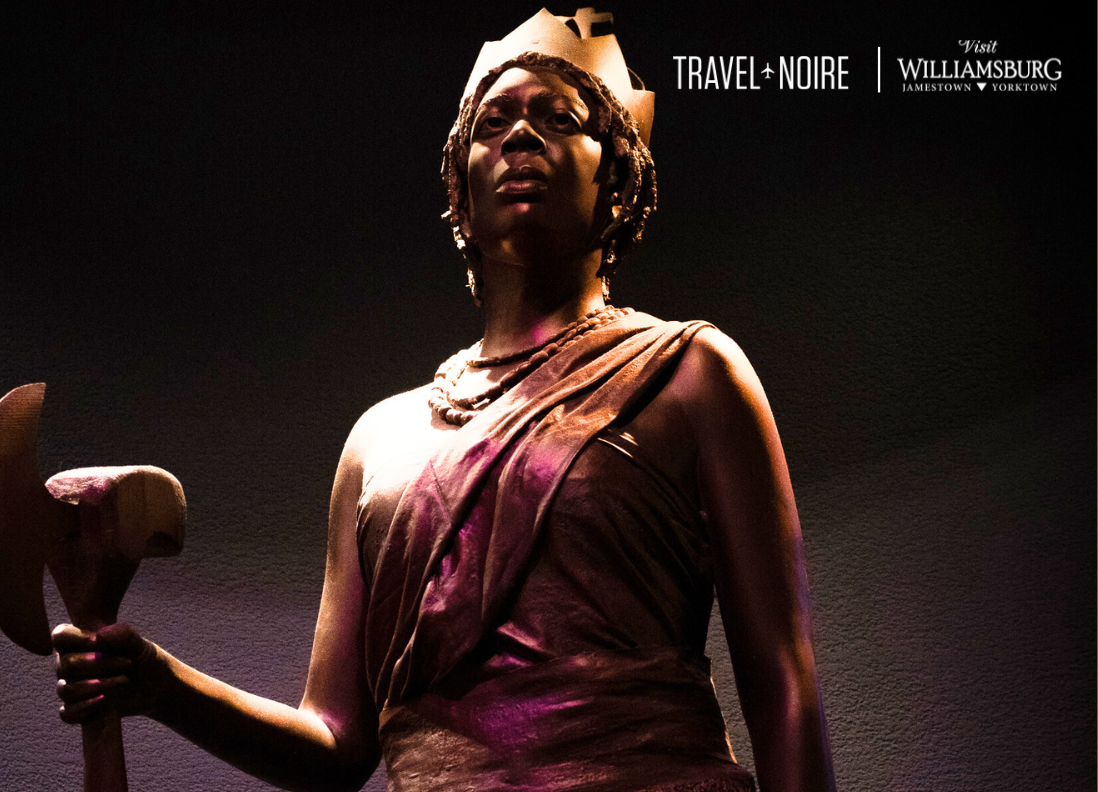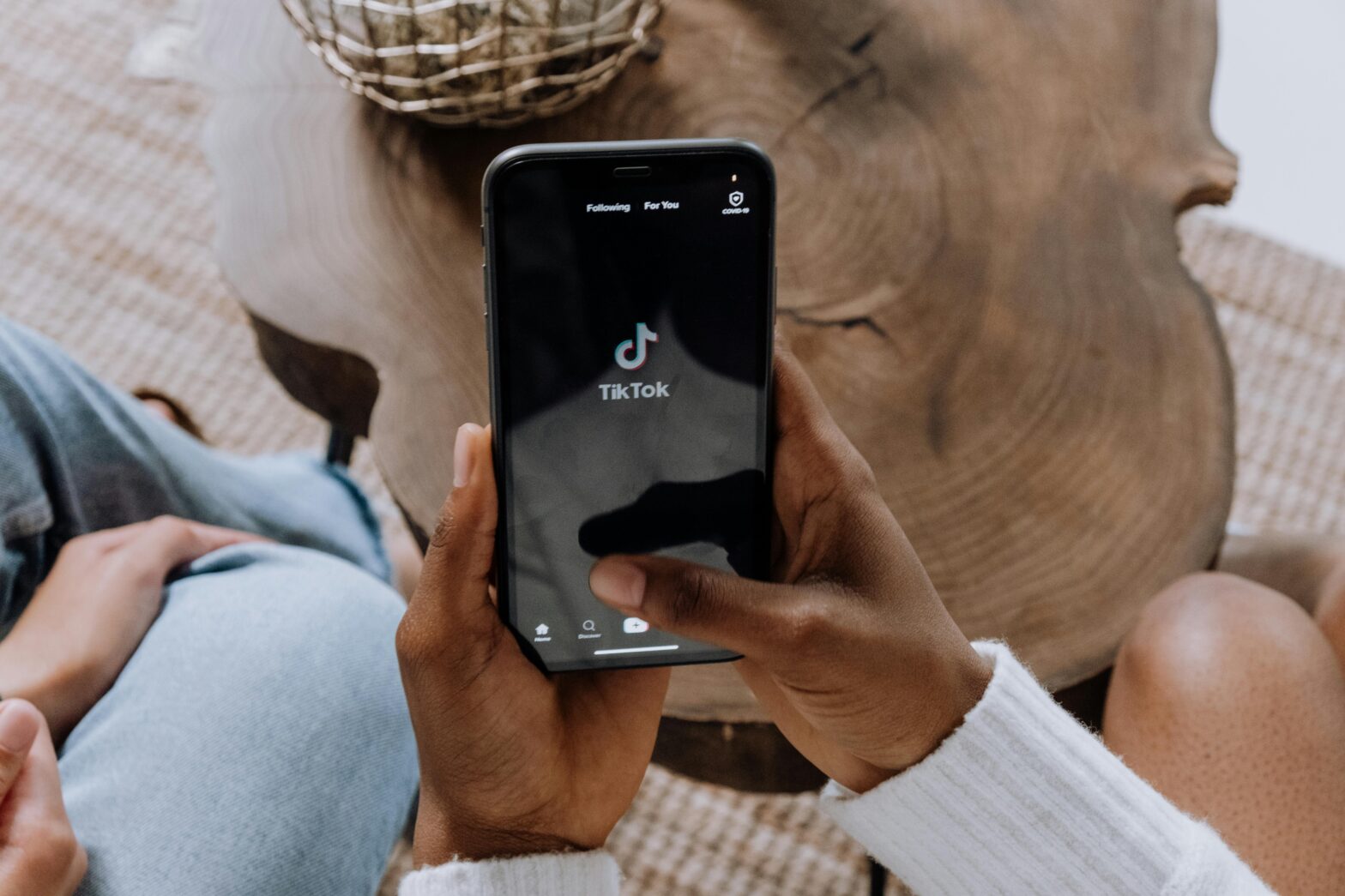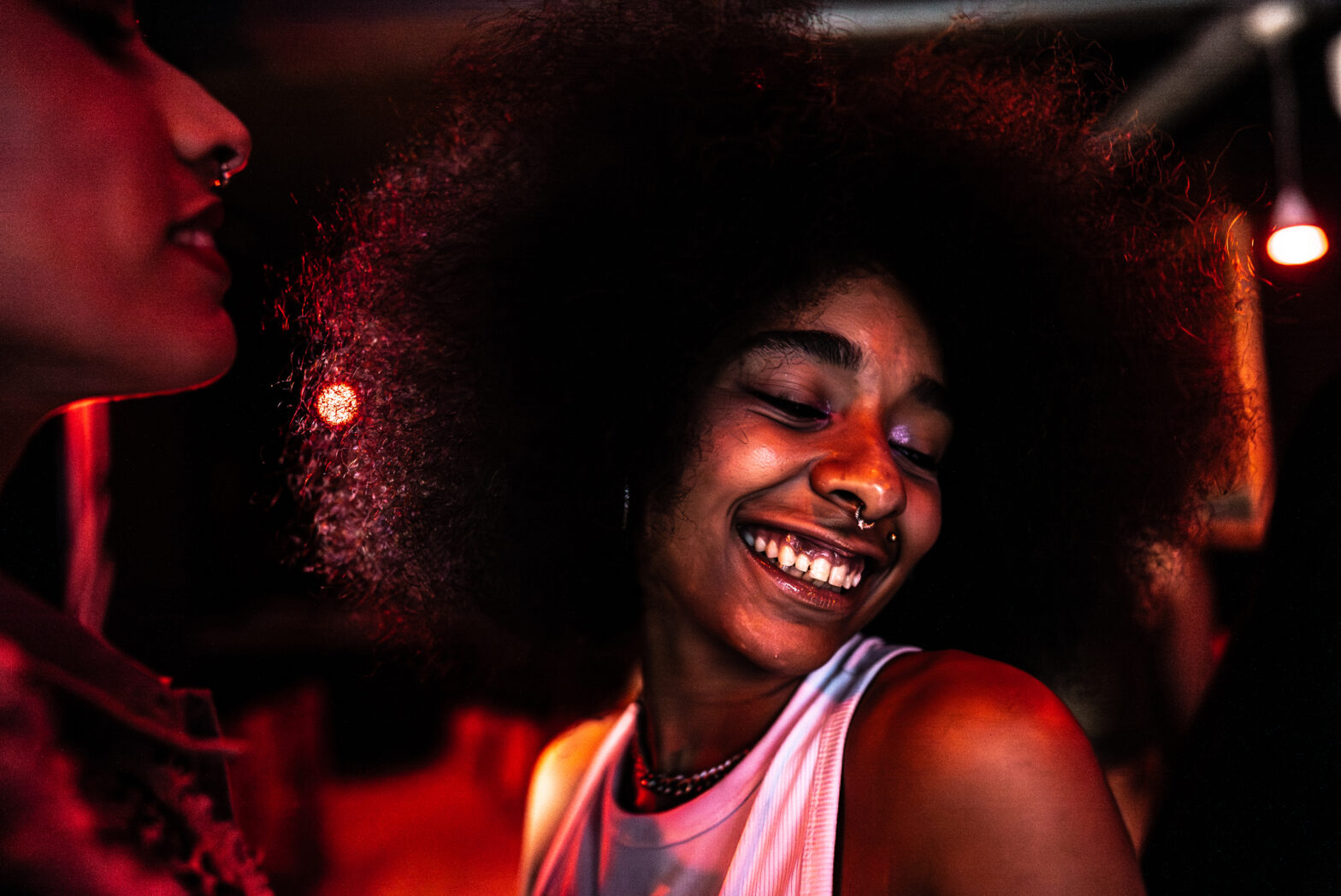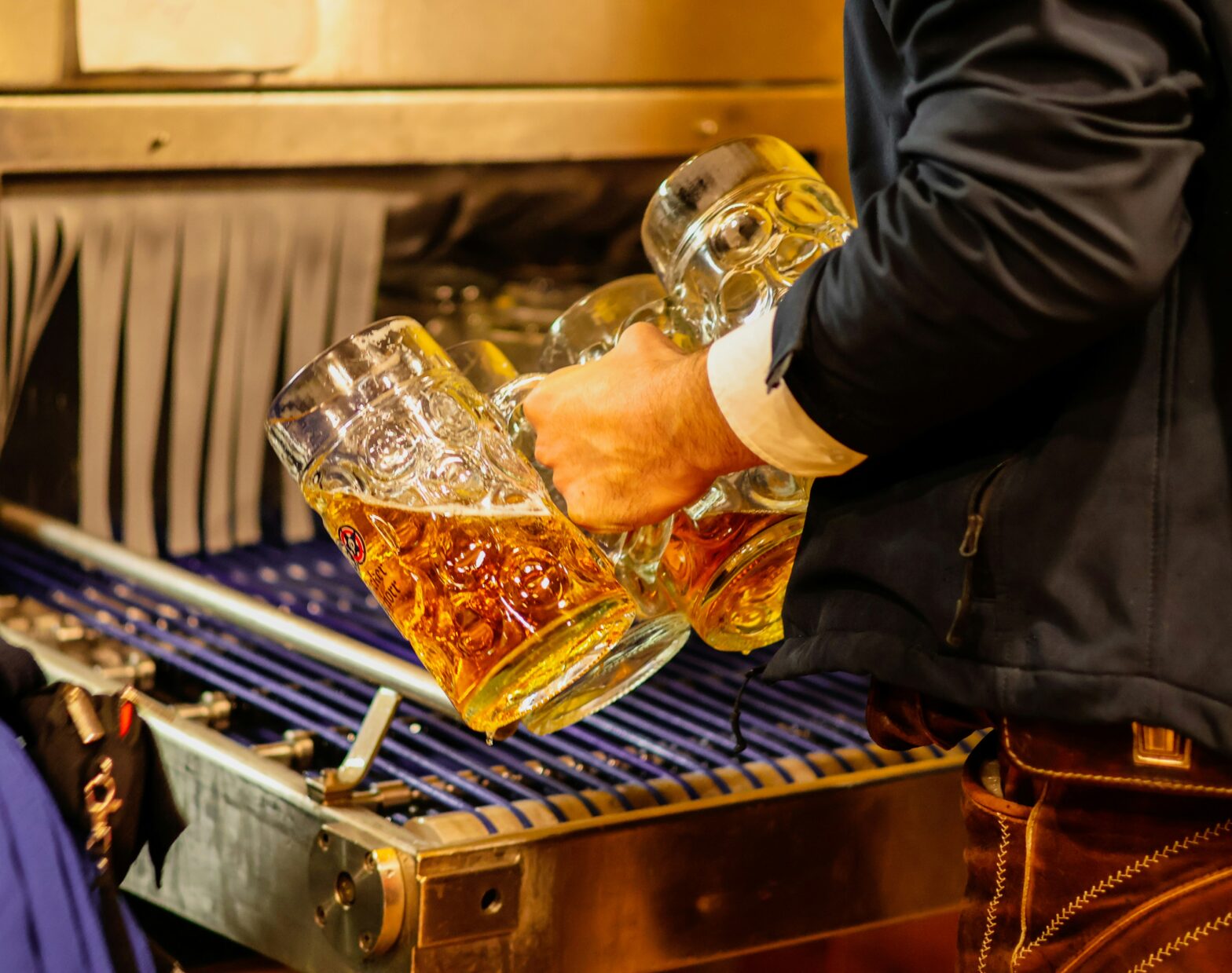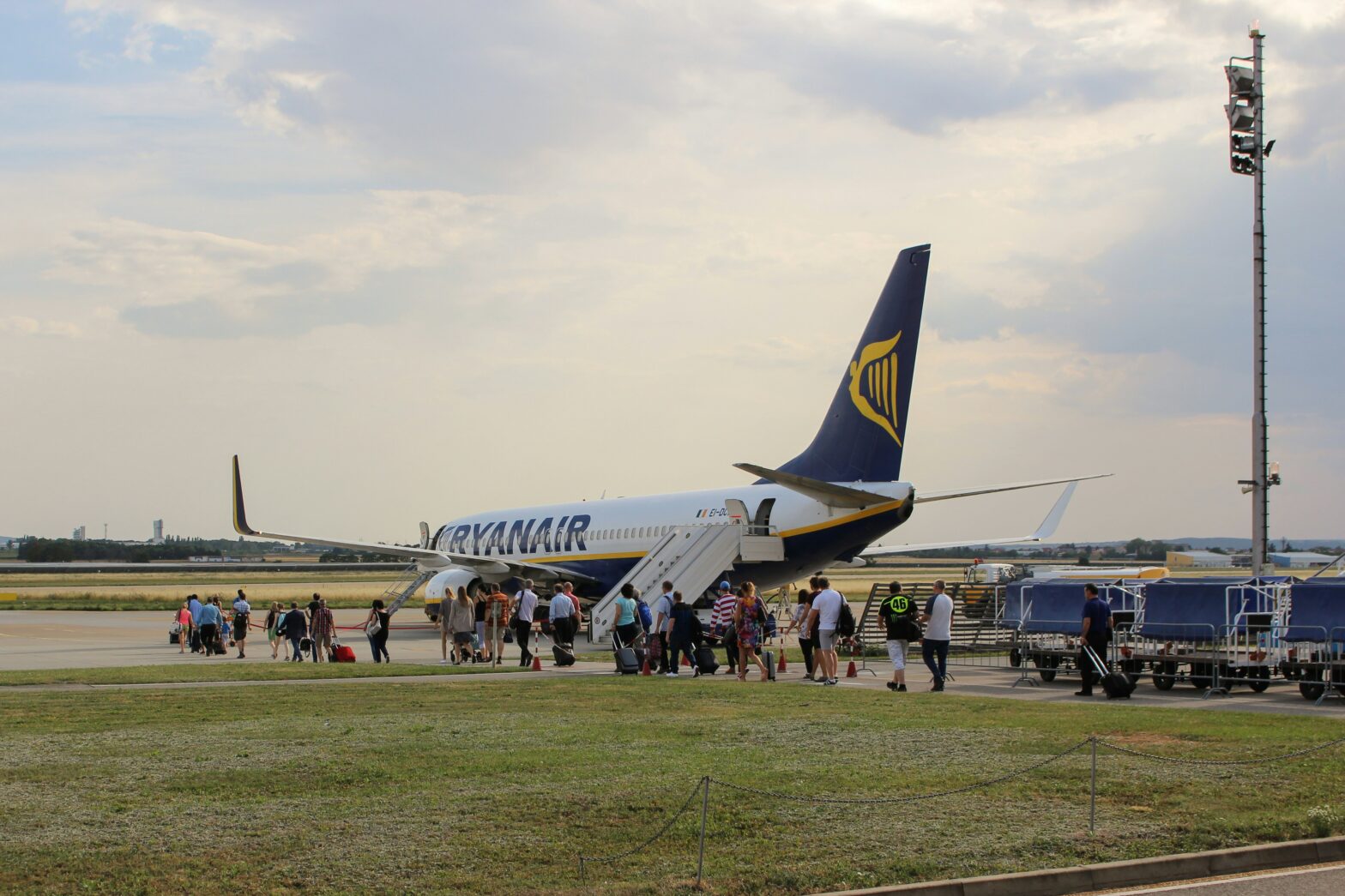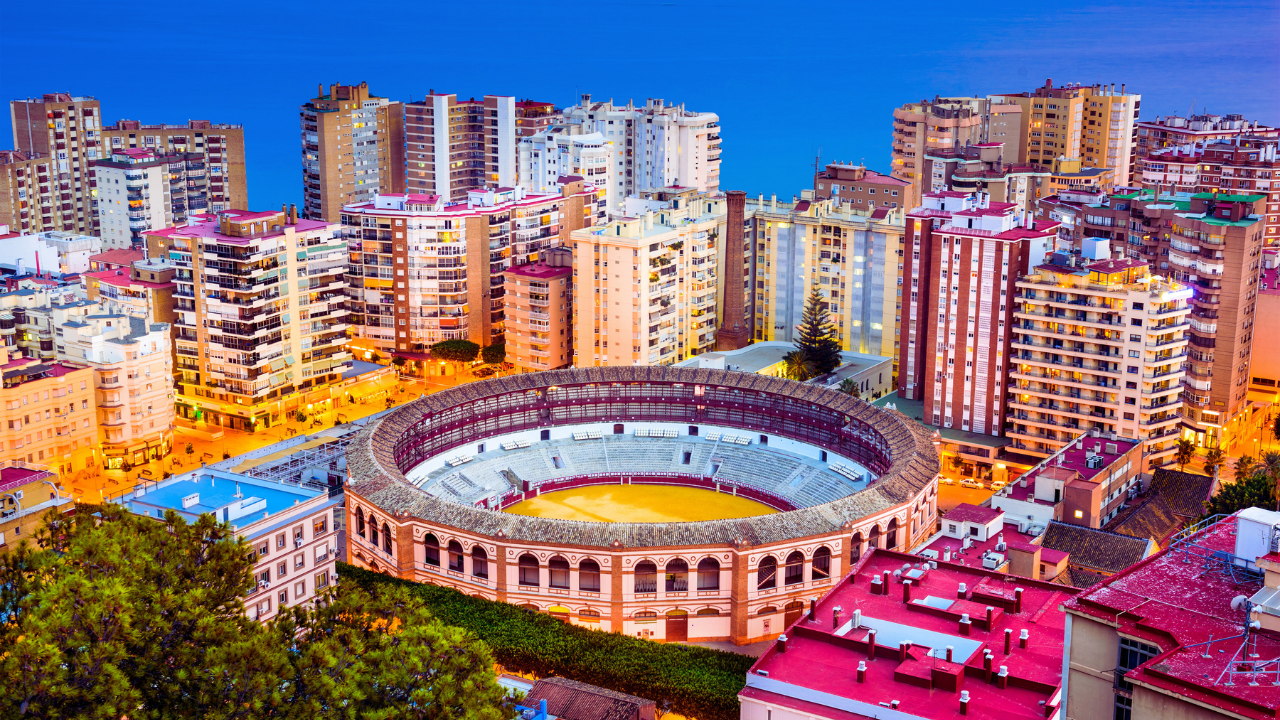It’s no secret that museums, historical sites, and heritage tourism sites have often struggled to present diverse, inclusive narratives. In particular, the Black experience is often underrepresented or at times completely absent from these spaces. Picture colonial settlement sites. You wouldn’t necessarily expect to hear many stories about Black people and their experiences during that time. But the reality is, Black history is deeply intertwined with these narratives, and they deserve to be told as well. The question is, who’s going to tell them?
Let us introduce you to historian Harvey Bakari, Curator of Black History and Culture for The Jamestown Yorktown Foundation. With his efforts, he’s on a mission to reshape and broaden historical narratives within museum settings. His goal? To tell fuller, more inclusive stories. Harvey wants Black visitors to see themselves in the exhibits and narratives, and to make sure everyone recognizes African American history at every turn. As he puts it, “If you’re only thinking of history as being Frederick Douglass, you’ve missed the founding of our nation.” Harvey’s on a mission, and he’s making waves.
With over twenty years of delving into the history of the time period, Bakari is now sharing his wealth of knowledge with two of Williamsburg, Virginia’s most historic museums: Jamestown Settlement and the American Revolution Museum at Yorktown.
Travel Noire recently had the pleasure of catching up with Bakari for an exclusive tour of both museums. During our visit, he shed light on how he’s bringing the Black experience to the forefront of these exhibits and gave us plenty of reasons why Williamsburg, VA should be a must-visit on your historical travel itinerary.
The stories being told:
Jamestown Settlement
The exhibits you’ll find at Jamestown Settlement are meant to encourage people to dig deeper and explore the full scope of Black history in America. You’ll find stories of the first Africans to arrive in Virginia, the Powhatans, who’d been there years prior, and the early colonists. “It’s really to inspire [visitors], to address some of the mythology, and also to shine light on African American History,” Bakari said. He acknowledged that 17th-century stories aren’t always the ones people want to learn about when it comes to African American history, but jumping straight to the abolition era is leaving out a major part of the story.
“Those two early centuries really established everything that Frederick Douglass later talks about,” Bakari said. “By the time he comes to the stage, everything is pretty set in terms of race, status. All that’s already established between the 17th and 18th century.” Bakari said the work he’s doing at Jamestown Settlement is walking people through the timeline and giving them some perspective to tie it all together. “[History] does distort without those first few centuries, and that’s why I think, what we do here, and can continue to do here is so important.”
Visit the museum, and through immersive films, gallery exhibits, and outdoor re-creations, you’ll learn about how the convergence of these cultures shaped the United States. The current special exhibit, “Ruth E. Carter: Afrofuturism in Costume Design,” offers a unique opportunity to connect with history while looking ahead to the future. The exhibit, which will be available to view until December 1, 2024 features costumes from movies including “Amistad,” “Roots,” “Malcolm X,” “Selma,” “Do the Right Thing” and of course, “Black Panther.”
The American Revolution Museum at Yorktown
At the American Revolution Museum, you’ll explore exhibits and films that highlight pivotal moments of the Revolutionary War, like the initial shots fired by Crispus Attucks at the Boston Massacre and beyond. Harvey walked us through several exhibits where Black stories were being told. From an original copy of Phyllis Wheatley’s poetry book to the stories of Ayuba Suleiman Diallo, and William Ansah Sessarakoo, who escaped enslavement, and Billy Flora, a free Black man who was instrumental in the Battle of the Great Bridge during the Revolutionary War.
Bakari also touched on the idea that when it came to the roles the enslaved held, it was more than just field and housework. They also held a list of skilled trades which they used to survive. Some worked in taverns. Others, like John Hope and Pierre Toussaint in New York, ran barbershops. “Imagine some of the conversations they overheard and the information they had access to,” Bakari said.
Sometimes, seeing the influence of the Black experience in a museum is about shifting your perspective. In one particular area of the exhibit, there was a collection of kitchen tools on display. “You’ll see a lot of objects and tools for everyday use,” Bakari said. “Sure they belong to the owners, but who used them most? So we’re also represented there. A lot of it is hidden in plain sight.”
The two museums tell vastly different, but still very connected stories that you have to experience together in order to get a more complete picture. Despite the harsh realities of the past, lives were being lived, stories of resilience and survival that deserve to be acknowledged. Bakari says his work is just getting started, but he hopes it will have a big impact on anyone who visits.
“I want them to take away an understanding of what the first generation of Africans left for their succeeding descendants to carry on, and to appreciate that; and hopefully inspire them to one day go to Elmina Castle, Cape Coast Castle in Ghana, House of Slavery in Senegal or any of those places in West Africa.”Learn more about these two historic locations and plan your trip by visiting https://www.visitwilliamsburg.com/ for lodging and itinerary ideas.
